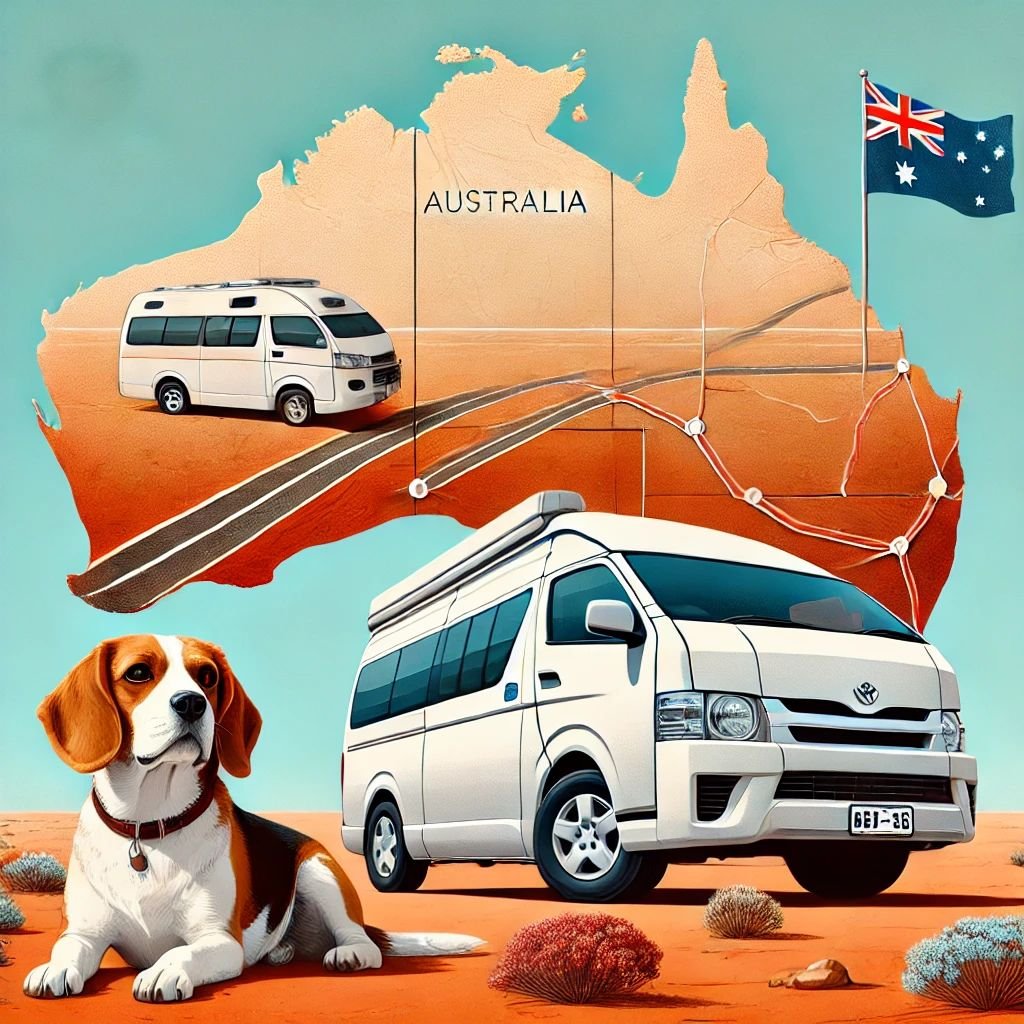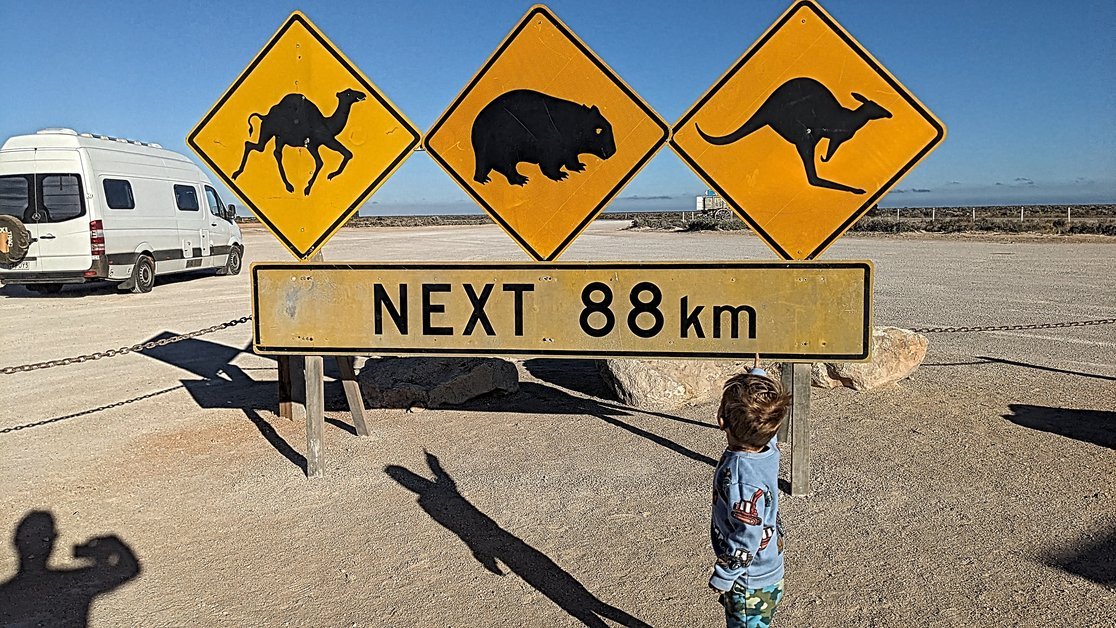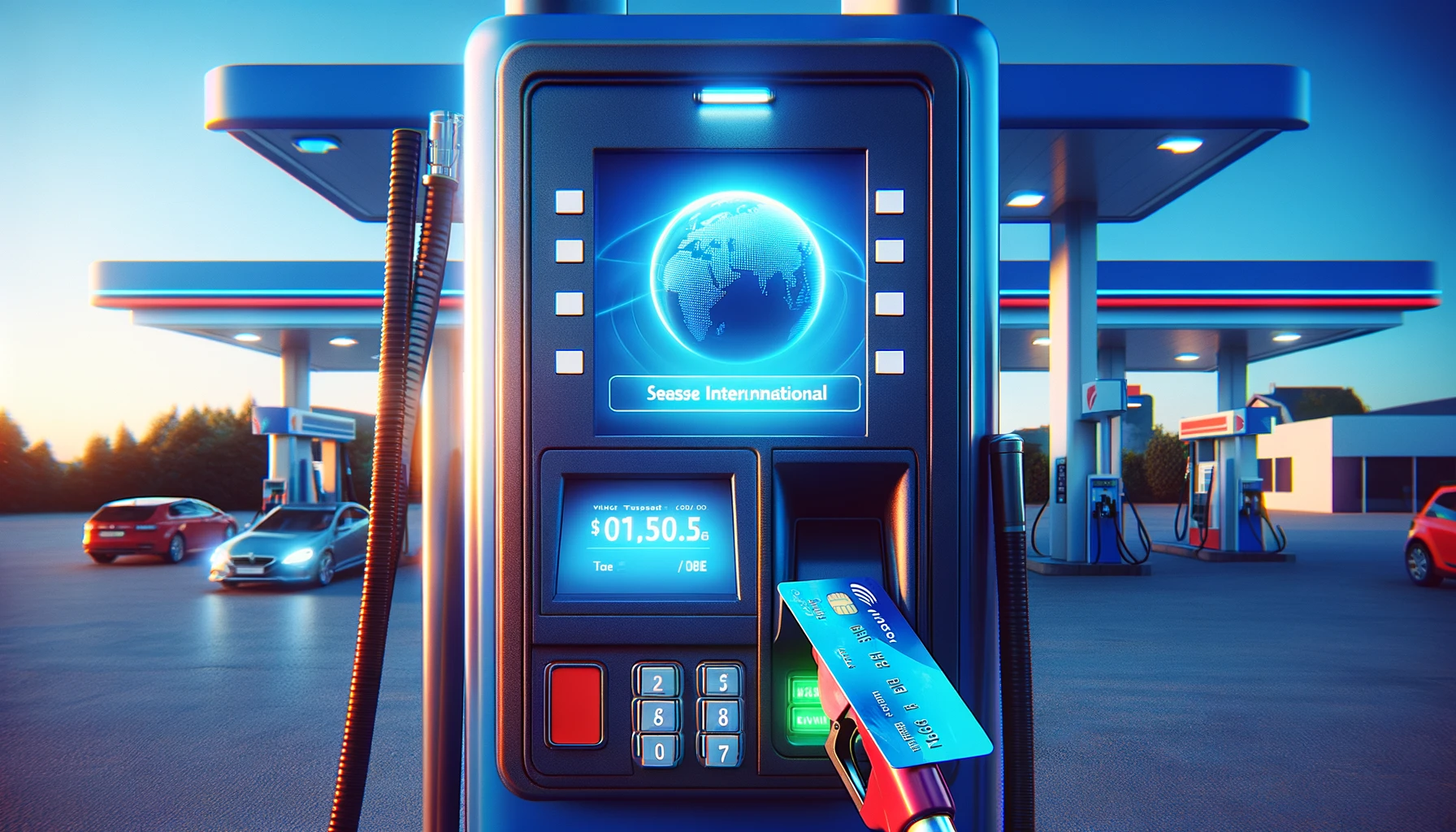Embarking on a road trip is exciting, but it’s also an endeavor that requires careful planning, especially when it comes to safety. On our recent journey, we made sure to thoroughly prepare for potential breakdowns and emergencies. Here’s how we did it and what you can learn from our experience.
Road Trip Safety Tips: Comprehensive Planning
Preparation is key to a smooth and safe road trip. Here are some steps we took to ensure we were ready for any situation:
- Vehicle Inspection: We started by having our trusted mechanic inspect our car. This included checking the brakes, tires, lights, and all fluid levels.
- Emergency Kit: We packed a roadside emergency kit that included items like jumper cables, flashlights, and basic tools. According to the National Safety Council, 3 out of 5 drivers experience a vehicle issue without these essentials.
- Spare Tire Check: We didn’t just ensure we had a spare tire; we checked its air pressure and made sure we had all the tools required to change a tire quickly.
Preparing for Medical Emergencies
While breakdowns are a concern, so are personal emergencies. With this in mind, we compiled a medical kit tailored to our needs:
- First-aid supplies, including bandages and antiseptic wipes
- Over-the-counter medications, such as pain relievers and antihistamines
- Prescription medications with doctor’s notes for long trips
- A copy of medical information and emergency contacts
Mapping Out Stops and Alternative Routes
Knowing where help can be found is just as important as physical preparations. We mapped our journey using Google Maps, detailing stops for gas, food, and rest. Here’s a link to one of our rest stops: Google Maps Rest Stop.
During planning, we avoided high-risk areas prone to severe weather or having limited cellphone reception. A study by AAA showed that 21% of fatal crashes occur in rural locations where services might be less accessible.
Staying Connected
Communication is critical when facing a roadside emergency. We made sure to keep multiple ways of staying in touch:
- Fully charged cell phones and portable chargers
- Walkie-talkies to communicate when in convoy or in areas with poor reception
- A written list of important numbers in case digital devices fail
Planning for a road trip may take a bit of extra effort, but keeping these road trip safety tips in mind can lead to a safer and more enjoyable journey. By being well-prepared, you can deal with potential breakdowns and emergencies effectively, ensuring a worry-free adventure on the road.



